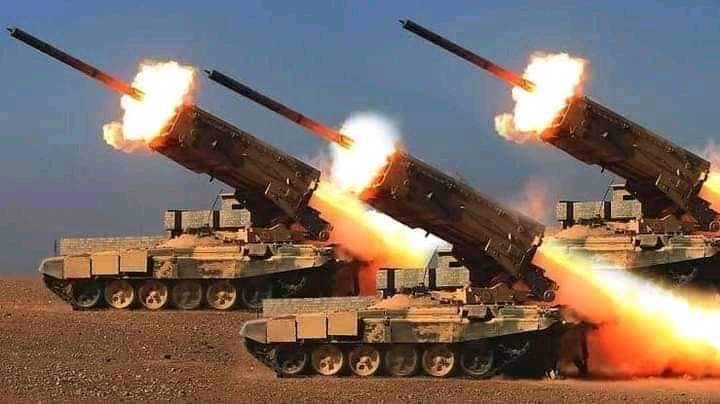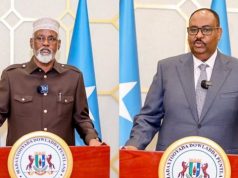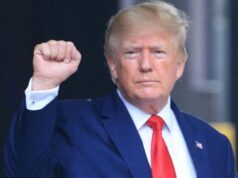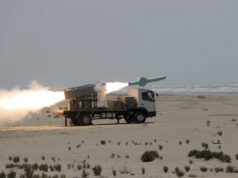
Ukraine Crisis Kicks Off New Superpower Struggle Among U.S., Russia and China
Russia’s audacious military assault on Ukraine is the first major clash marking a new order in international politics, with three major powers jostling for position in ways that threaten America’s primacy.
The challenges are different than those the U.S. and its network of alliances faced in the Cold War. Russia and China have built a thriving partnership based in part on a shared interest in diminishing U.S. power. Unlike the Sino-Soviet bloc of the 1950s, Russia is a critical gas supplier to Europe, while China isn’t an impoverished, war-ravaged partner but the world’s manufacturing powerhouse with an expanding military.
In deploying a huge force and on Thursday ordering what he called a “special military operation,” Russian President Vladimir Putin is demanding that the West rewrite the post-Cold War security arrangements for Europe and demonstrated that Russia has the military capability to impose its will despite Western objections and economic sanctions
To do this, Mr. Putin shifted military units from Russia’s border with China, showing confidence in his relations with Beijing. The two powers, in effect, are coordinating to reshape the global order to their advantage, though their ties stop short of a formal alliance.
This emerging order leaves the U.S. contending with two adversaries at once in geographically disparate parts of the world where America has close partners and deep economic and political interests. The Biden administration now faces big decisions on whether to regear its priorities, step up military spending, demand allies contribute more, station additional forces abroad and develop more diverse energy sources to reduce Europe’s dependence on Moscow.
“We all thought we were looking at a Europe whole, free and at peace indefinitely,” said Michele Flournoy, who served as the Pentagon’s top policy official during the Obama administration. “We knew that Russia would conduct gray zone operations and that Putin would use his KGB playbook to create instability on his periphery. But a wholesale invasion of a sovereign country to reorient its government is a different moment.”
And we’re seeing that while Beijing doesn’t really like Putin’s tactics, they’re willing to band together as authoritarian states against the Western democracies,” Ms. Flournoy added. “We are going to see more and more of that in the future.”
The U.S. predicament in part grew out of moves by Washington at the end of the Cold War. As the globe’s sole superpower, the U.S. pushed to promote democracy around the world and expand the North Atlantic Treaty Organization, the key Cold War military alliance in Europe, to include former members of the Kremlin-dominated Warsaw Pact and some former Soviet republics. That responded to the decades-old yearnings of East European nations to be free of Moscow’s dominion.
Mr. Putin, however, saw his rivalry with the West as a zero-sum game and set about moving Russia toward its Soviet-era prominence, with greater say over the nations on its periphery.
China’s Communist Party leadership also saw pro-democracy protest movements in former Soviet republics as U.S.-engineered plots that could ultimately be used against Beijing. In response, China’s leadership tightened controls at home while redoubling a military buildup—trends that accelerated when Xi Jinping took charge a decade ago. When pro-democracy protesters rose up in Hong Kong, Mr. Xi imposed harsh security laws, brushing off agreements his predecessors made giving autonomy to the former British colony and international financial center.





